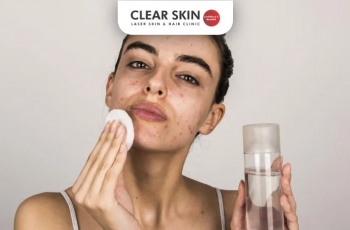


Proven Treatments and Daily Habits to Reduce Under-Eye Wrinkles
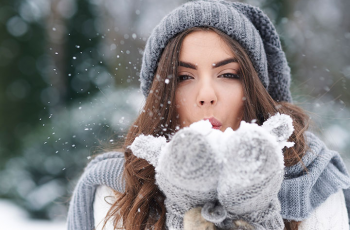
How to Adjust Your Skincare Routine for Cold Winter Weather
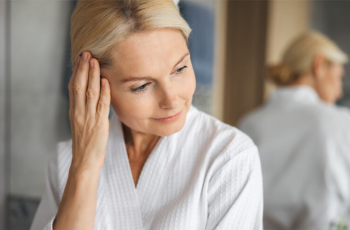
Effective Skincare Strategies to Lift and Tighten Sagging Facial Skin
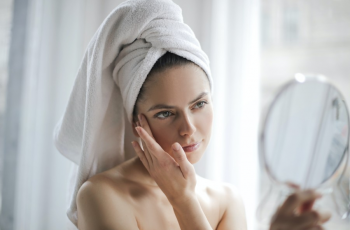
Essential Skincare Tips to Identify and Fix Dehydrated Skin
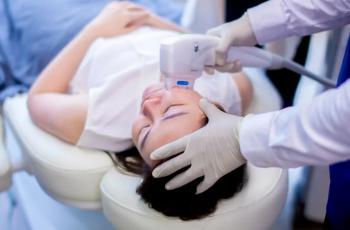
Ultherapy Skincare Guide: How to Prep and Protect Skin

How to Choose Safe, Effective Sunscreen for Your Skin Type
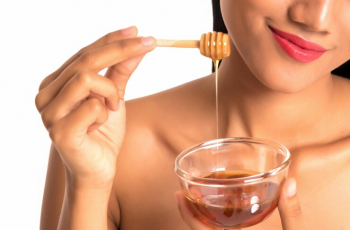
How to Brighten Dark Skin Around the Mouth Naturally and Safely

Post-Sun Skin Care Routine for Radiant, Healthy, Glowing Skin
Ad Blocker Detected
Our website is made possible by displaying online advertisements to our visitors. Please consider supporting us by disabling your ad blocker.